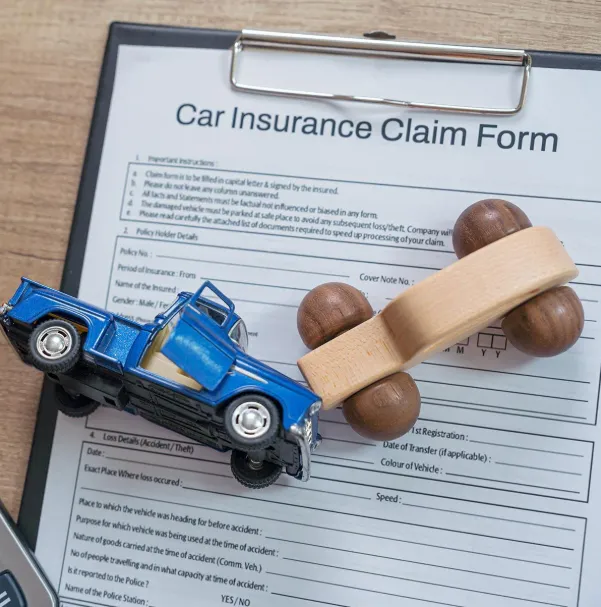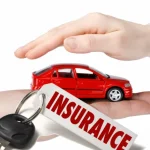Auto insurance is a vital part of owning a car, offering financial protection when accidents or unexpected events occur. But while many drivers assume their policy covers every possible situation, that’s not the case. Insurance contracts contain exclusions—specific scenarios where coverage does not apply. Knowing these limits is just as important as understanding what is covered, so you’re not caught off guard in a time of need.
What Are Auto Insurance Exclusions?
Exclusions are conditions or circumstances your insurer won’t pay for. They exist to reduce risk for the company and to prevent misuse, such as fraudulent claims. Reviewing your exclusions closely can help you avoid costly surprises.
Common Auto Insurance Exclusions
1. Intentional Damage
If a driver purposely causes an accident or damages their own car, insurance won’t step in. Coverage is designed for unexpected losses—not deliberate acts.
2. Racing or Speed Competitions
Policies typically exclude accidents that happen during street races, track events, or other high-speed competitions. Since these activities involve much higher risk, they require special forms of coverage outside a standard auto policy.
3. Business Use
Most personal auto insurance policies exclude commercial activities. Driving for delivery services, ridesharing, or transporting goods for work may not be covered unless you purchase a commercial or rideshare-specific policy.
4. Off-Road Driving
Taking your vehicle onto trails, rough terrain, or other off-road areas often voids coverage. These environments increase the chances of damage and are usually outside the scope of a personal policy.
5. Wear and Tear or Mechanical Issues
Routine maintenance, breakdowns, and gradual wear aren’t covered by auto insurance. Oil changes, new tires, or fixing a worn transmission are the owner’s responsibility. Insurance is there for accidents, not upkeep.
Additional Exclusions to Be Aware Of
Named Driver Exclusions
Some policies allow you to exclude certain individuals from coverage. If an excluded driver gets behind the wheel and causes an accident, the policy won’t pay for damages.
Uninsured or Underinsured Motorist Gaps
While many drivers carry uninsured/underinsured motorist coverage, it doesn’t protect against every situation. Certain accident types or circumstances may be excluded, so it’s important to review those limits carefully.
Non-Ownership Situations
If you often borrow or rent vehicles, your personal auto policy may not extend coverage. In those cases, you might need additional protection to avoid being uninsured when driving a car you don’t own.
How to Protect Yourself Against Gaps in Coverage
Read Your Policy Thoroughly
The exclusions section is often overlooked, but it’s critical to read and understand it.
Ask for Clarification
If anything in your policy seems unclear, reach out to your agent or insurer. They can explain how exclusions apply to your specific situation.
Consider Extra Coverage
If your lifestyle involves activities like frequent business driving or off-road use, explore endorsements or separate policies that provide the protection you need.
Final Thoughts
Auto insurance is a powerful safety net, but it doesn’t cover everything. By familiarizing yourself with common exclusions, you can make informed decisions and ensure you’re not left unprotected in certain situations. Take the time to review your policy, ask questions, and add coverage where necessary. Being proactive now will give you confidence on the road, knowing your insurance is tailored to your real needs.











